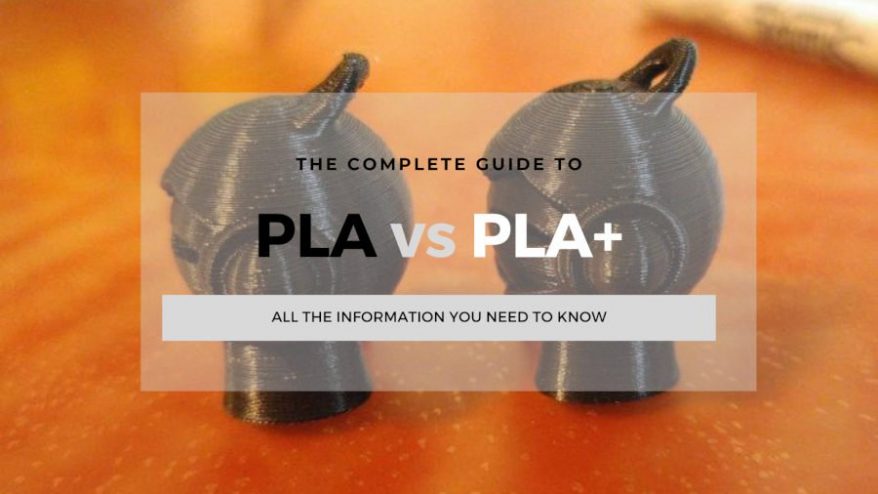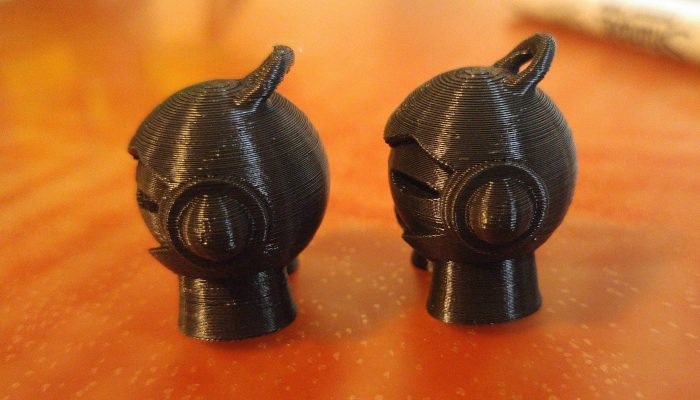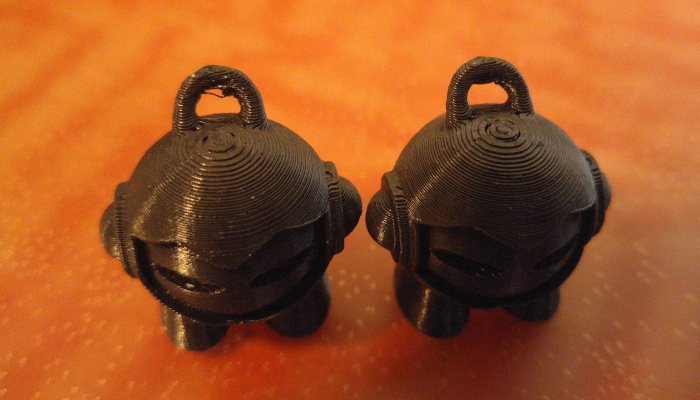
PLA has long been considered the ultimate low cost 3D printer filament. But it has its issues: it can be brittle, struggle at higher temperatures, and lacks the strength that filaments like PETG and Nylon have for tougher parts. PLA+ has long been championed as an industrial-grade, more professional version. The only problem is… nobody seems to know what PLA+ is.
In this article, we’ll explain overall what PLA+ is, compare PLA vs PLA+, and give our recommendations for the best PLA+ filaments for you to buy.
- For a complete PLA guide, also check out our complete guide to PLA filament
- We also recommend the best PLA 3D printer filament
- For an introduction to the different filaments, check out our complete 3D printer filament guide
What is PLA+?
PLA+ (PLA Plus) does not mean one set chemical formula material, but is a sort of loose brand name that several different filament manufacturers use to denote a more “premium” version of PLA. The exact nature of the PLA depends on the brand you buy.
PLA+ is an improved, better quality version that typically fixes some of the issues standard PLA filament has. Popular brands like eSun and Kodak sell PLA+ filament labeled as PLA+, whereas other brands call it something else, such as Pro PLA, or PHA by ColorFabb.
PLA+ is commonly thought to include TPU, which is known for being a flexible filament itself.
Overall, it’s a marketing term to denote improved, higher quality PLA that has been treated to improve performance.

PLA vs PLA+: Filament characteristics
Generally, comparing PLA vs PLA+, PLA Plus filament demonstrates the following characteristics:
- Less brittle: it is generally accepted that TPU filament is added to PLA+ to make it less brittle and more flexible, making it less likely to snap under pressure.
- Higher temperature resistance: PLA+ filament prints at between 205 and 225C typically, compared to 190-210C for standard PLA. One problem with PLA is its lack of heat resistance, which PLA+ improves.
- Better for overhangs: based on experiments makers have carried out, such as this one on Reddit, PLA+ is better for 3D printing overhangs.
- Significantly stronger: PLA+ mainly focuses on its added strength and rigidity, one of the main detractions of using standard PLA in more industrial applications. Some makers boast that it prints like PLA, smells like PLA, yet feels like ABS. eSun claim their PLA+ is twice as tough as standard PLA filaments.
- Surface finish: some also report a glossy, radiant surface finish akin to PETG. eSun claim their PLA+ makes for much better surface finish on finished prints.

Which PLA+ filament should you buy?
- eSun PLA+: lowest cost PLA+ — Available on Matterhackers here / Available on Amazon here
- Kodak PLA+: all around PLA+ — Available on Matterhackers here
- ColorFabb PHA: high quaity PLA+ — Available on Matterhackers here / Available on Amazon here
Does PLA+ cost more than PLA+?
Yes, PLA+ typically costs at least a few dollars more than standard PLA, and sometimes as much as $15 more. Of the recommended PLA+ filaments above, the lowest cost starts at around $23/kg, with the most expensive costing around $38.
PLA+ 3D Printing
PLA+ typically prints at between 205-225C, around 15C higher than standard PLA filament. However, check with your brand of PLA+ before printing as this does vary, and every brand’s PLA+ differs noticeably. Also use your heated bed if your 3D printer has one, though this is not a strict requirement with PLA.
Use PLA+ therefore if you are looking for a material that can hold its form and stay rigid for longer, and when you want to stick with PLA but want better temperature resistance. The added TPU makes it better for more flexible parts that can change shape more significantly without breaking.
You can use standard blue painter’s tape as a build surface as well as standard glue stick or other adhesor.
For post-processing, some PLA+ users find their PLA+ to be great for sanding and other forms of post-processing.
Is PLA+ still biodegradable?
Yes, it should be. For example, a type of PLA+ is ColorFabb’s PHA, which is a PLA / PHA blend, and this is still biodegradable. Check your individual PLA+ filament for complete assurance however.
Overall to conclude, PLA+ isn’t a fixed, standardized material, and in fact can differ widely based on the brand selling it. Instead, PLA+ filament has become a buzzword for a higher quality, improved PLA filament with better 3D printing properties than standard PLA.




